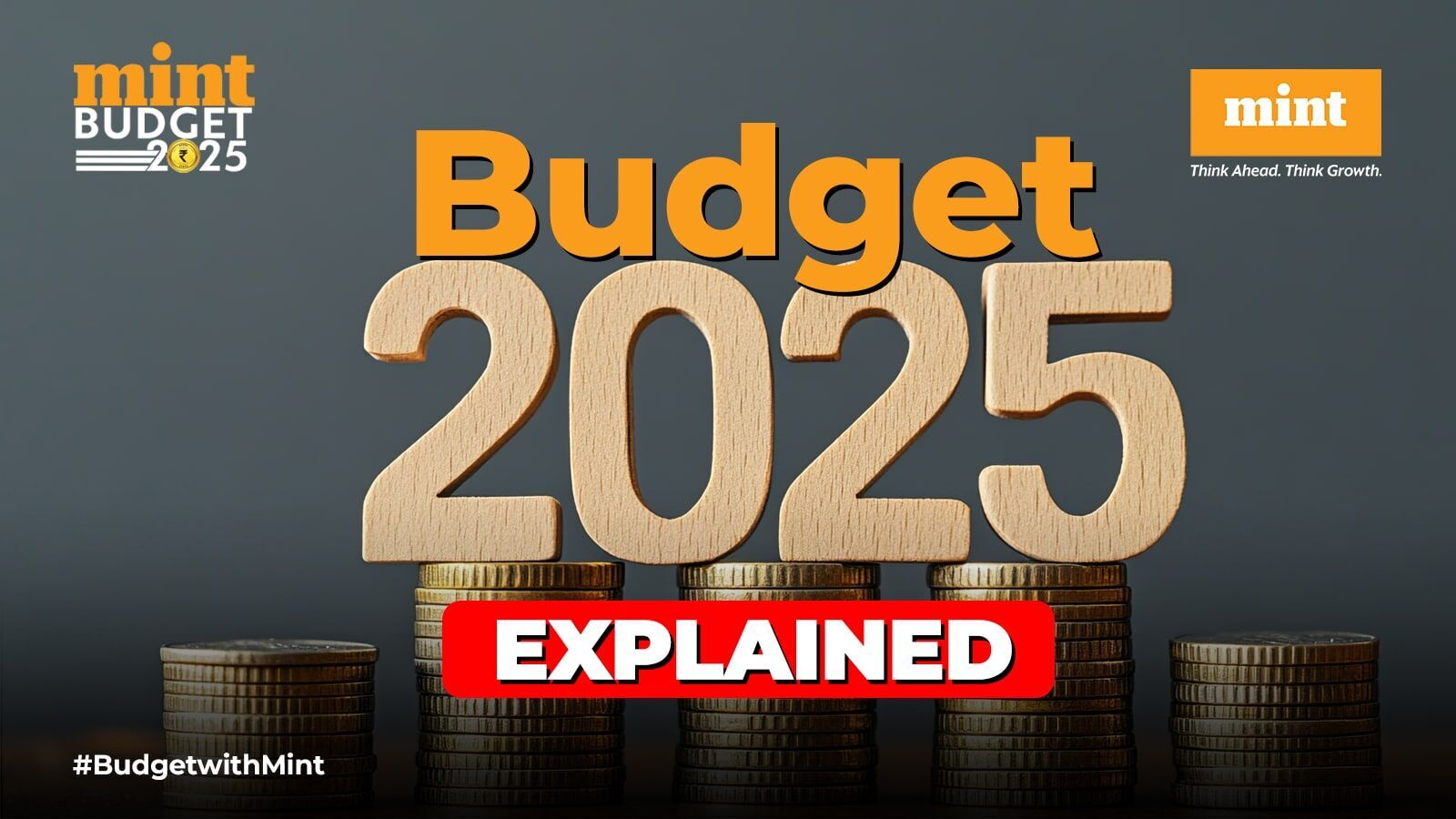Investors aiming to create a sizeable retirement corpus may opt for National Pension Scheme (NPS) or the Employees’ Provident Fund (EPF). NPS is a voluntary contribution scheme where one can invest up to the age of 75. One can also withdraw 60 per cent of their corpus at age 60 and get a monthly pension for the rest of their annuities. EPF, on the other hand, provides a tax exemption on the maturity amount. EPF deposits up to Rs 1.50 lakh are tax free under Section 80C of the Income Tax Act.
NPS vs EPF: National Pension Scheme (NPS) and Employees’ Provident Fund (EPS) are two pension schemes that are considered good retirement options. EPF comes under the Exempt-Exempt-Exempt (E-E-E) category, where one’s deposits, interest earned and maturity amount are tax-free. One can invest up to 12 per cent of their basic salary in EPF. Their employer also contributes the same percentage of the amount to the EPF account and the Employees’ Pension Account (EPS). While 8.25 per cent of the employer’s contribution goes to the EPS account, 3.67 per cent goes to the EPF account. The minimum contribution in an EPF account is Rs 1,800 each from the employee as well as employer’s side. The current interest rate for EPF is 8.25 per cent. The scheme also provides compound interest.
Two major factors that make the EPF scheme attractive to a lot account holders are that it provides guaranteed returns and tax exemption.
What is NPS?
NPS, on the other hand, is a market-linked scheme where the account holder can choose schemes as per their risk exposure.
The scheme that was started for central government employees was later extended to private sector employees as well.
The scheme is available for Indians living in the country and abroad. People between the ages of 18 and 70 are eligible to invest in the scheme.
At the age of 60, one can withdraw their corpus up to a maximum limit of 60 per cent, the rest of the amount is invested in annuities.
The return on these annuities provides a monthly pension.
Both NPS and EPF are popular options among investors seeking a good retirement corpus. Here, we show you how you can create a corpus of Rs 3.25 crore through NPS and EPF.
How to get Rs 3.25 crore corpus through EPF
To get over Rs 3 crore corpus through EPF, you need to start contributing to EPF at 25 years of age.
Here, we are assuming that your basic salary is Rs 50,000 and you expect a salary increment of five per cent in your basic salary.
You will also utilise the maximum limit of EPF contribution at 12 per cent, and your employer will contribute 3.67 per cent to your EPF account every month.
If you continue it till your retirement age of 60, your total contributions till that age will be Rs 84.92 lakh, and your total corpus at that age will be Rs 3.25 crore.
| Details | Total Amount | Salary Tax Liability (OTR) |
| (Starts at age 25) | Rs 65,000 | |
| Basic Salary | Rs 50,000 | Rs 1,63,800 |
| Employee PF Contribution 12% | Rs 6,000 | Rs 3,51,000 |
| Employer PF Share 3.67% # | Rs 1,835 |
Chart Courtesy: Finnovate
How to get Rs 3.25 crore corpus through NPS
Since NPS is a market-linked scheme, we will assume a few things before we start.
You will get 10 per cent annual returns on your NPS contributions.
You will start contributing Rs 8,500 every month, starting at age 25 and till the age of 60. At retirement, your total contribution will be Rs 35,70,000, and your corpus is estimated to be Rs 3,25,40,352 (over Rs 3.25 crore).
However, you need to remember that you can withdraw a maximum of 60 per cent of that corpus.
Even if you withdraw 60 per cent corpus, invest the rest of the money in annuities, and get a six per cent return on that annuity, you can get a monthly pension of Rs 65,081.
Visit www.cagurujiclasses.com for practical courses











